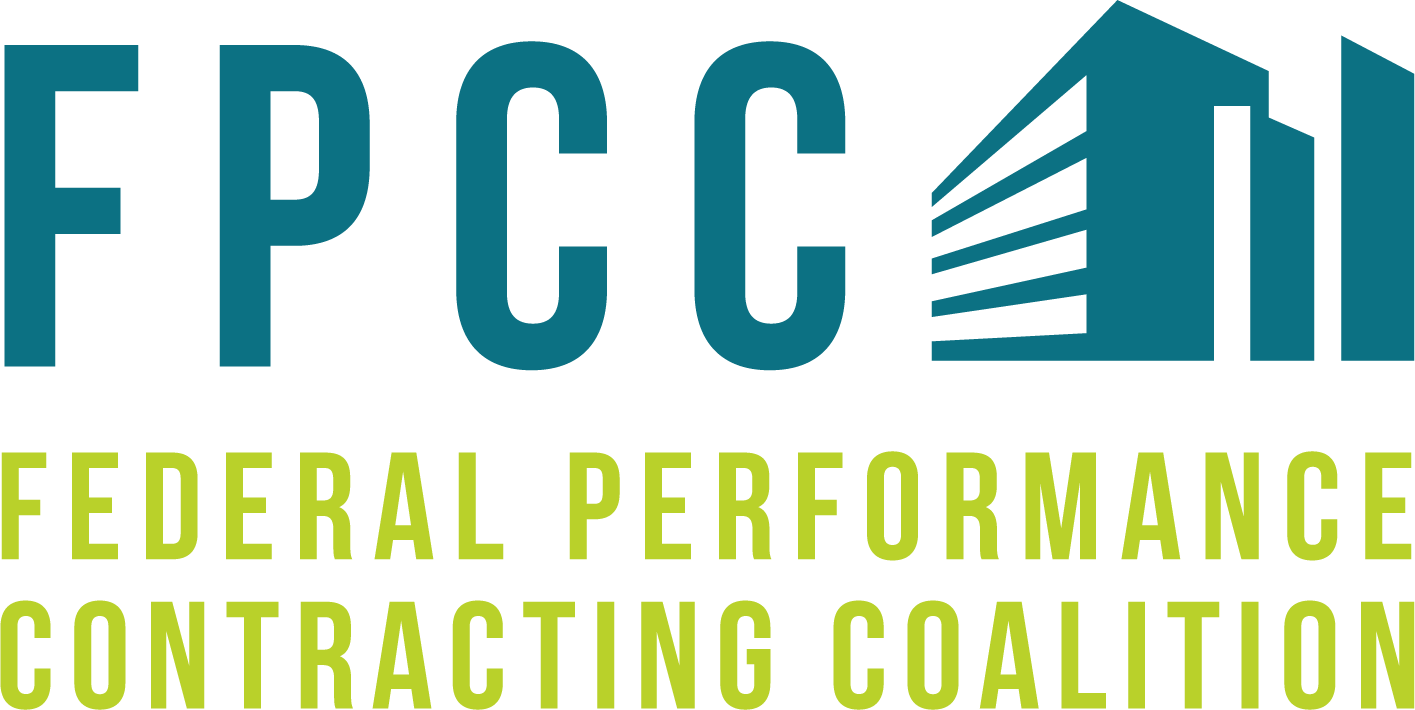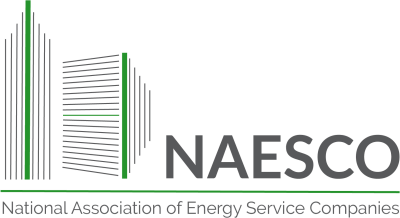Upgrading Federal Buildings
The Cost-Effective Solution for Upgrading Our Nation's Federal Buildings
Upgrading U.S. federal buildings is critical, and President Biden clearly agrees. In the American Jobs Plan, it's noted that millions of federal employees across the country work in outdated and inefficient buildings every day, and sometimes in unsafe working conditions as a result. But making these critical improvements is a massive undertaking and without a clear goal driven by the administration and roadmap for how to get there, federal agencies don't know where to begin. That's why the National Association of Energy Service Companies (NAESCO) and the Federal Performance Contracting Coalition (FPCC) encourage the administration to leverage private sector expertise and funding to address this priority through the use of Energy Savings Performance Contracts (ESPCs) and Utility Energy Service Contracts (UESCs). To do so, we recommend the White House establish a Carbon Reduction Performance Contracting Challenge.
Near-term GHG Reductions
A Carbon Reduction Performance Contracting Challenge will encourage federal agencies to use ESPCs and UESCs to achieve their emissions reduction goals through cost-effective measures while simultaneously creating high paying union and minority contractor jobs. There is no incremental cost to the federal government. With $7 billion in measures already identified for only 22 percent of federal facilities audited, it's an optimal solution. Further, a Challenge will reduce the government's GHG emissions by approximately 2 MMT of CO2 annually, equivalent to 5 percent of all emissions due to standard operations.
More Can Be Done
To better support this challenge, we urge that a portion of the funds proposed for federal facilities in the American Jobs Plan be dedicated to leveraging performance contracting. Doing so will achieve greater results for the challenge and the government's wallet: more jobs, more emissions reduction, and more resiliency. The federal dollars would be used primarily to go deep -- to achieve net zero, install resiliency and grid-interactive measures like renewables, energy storage, and microgrid technologies, and address critical cybersecurity issues. By leveraging just $2 billion of the $10 billion the President has designated for federal buildings, private investment could easily increase the reduction in CO2 emissions to 6 MMT per year.
A Challenge for federal agencies to use performance contracting to reduce the federal government's carbon emissions by 6 MMT per year will have tremendous results, including:
- Reducing Scope 1&2 CO2 emissions from standard operations by 20 percent, before any change in the generation mix is included
- Creating 170,000 new clean energy, manufacturing, building trade, and construction jobs in the U.S.
- Helping small and disadvantaged businesses: of the eleven performance contracts awarded by the Federal government since January 2020, nine are being built in HUB Zones
- Leveraging private investment with funding from the President's American Jobs Plan to get more done in a shorter time, increase the overall impacts and investment, and ensure lasting results through measurement and verification of savings
- Supporting further innovation in the energy services and renewable energy industry
- Demonstrating that the U.S. is serious about tackling climate change, beginning with its own government
Past Successes
A Challenge, driven and carefully tracked by the administration, has proven successful in the past.
A 2011 challenge reduced GHG emissions by 1.4 MMT annually and created more than 40,000 new clean energy jobs, while saving the government $8 billion. Figure 1 shows the effect of inaction.

NAESCO and FPCC urge the Biden administration to issue a Carbon Reduction Performance Contracting Challenge to federal agencies. Our nation's federal infrastructure is long overdue for an upgrade, and the time to start is now.


